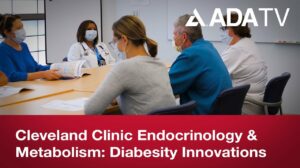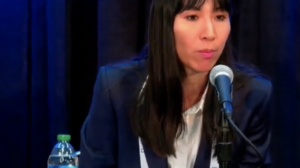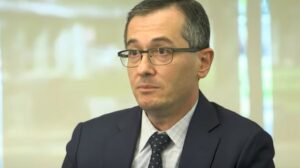NEW YORK (Reuters Health) – In patients with newly diagnosed type 1 diabetes, high-dose immune ablation followed by autologous nonmyeloablative hematopoietic stem cell transplantation (HSCT) induces significant and lasting improvement in beta cell function, often leading to insulin independence, results of a long-term follow-up study indicate.
“We showed that 20 of 23 patients became insulin free (12 continuously and 8 transiently) for periods as long as 4 years associated with good glucose control and acceptable incidence of adverse effects,” Dr. Julio C. Voltarelli, from the Regional Blood Center in Ribeirao Preto, Brazil, and colleagues report in the Journal of the American Medical Association for April 15.
An earlier study by Dr. Voltarelli’s group demonstrated the safety and beneficial metabolic effects of immune ablation with cyclophosphamide and antithymocyte globulin, followed by infusion of harvested autologous hematopoietic stem cells in 15 newly diagnosed insulin-dependent diabetic patients. The majority of the patients became insulin free with normal levels of glycated hemoglobin (HbA1c) during an average 18.8-month follow-up period.
However, it’s possible that continued insulin independence reflected a “prolonged honeymoon” effect due to close medical follow-up and physician-directed dietary and lifestyle changes, Dr. Voltarelli’s team explains.
To see if the effect of HSCT was truly due to the preservation of beta-cell mass, the researchers continuously monitored post-transplant C-peptide levels as an indirect measure of viable beta cell function, in the 15 original patients as well as 8 additional transplant patients.
In this week’s issue of JAMA, they report that after a mean follow-up of 29.8 months following HSCT, “C-peptide levels increased significantly and the majority of patients achieved insulin independence with good glycemic control.”
In the 12 continuously insulin-free individuals, C-peptide levels increased up to 24 months after transplantation and were maintained until at least 36 months. In the 8 transiently insulin-free individuals, the C-peptide increments still reached significance at 36 months with sustained increased until at least 48 months. In this group, two patients regained insulin-independence after treatment with sitagliptin, which was associated with increase in C-peptide levels.
“The C-peptide data,” the investigators say, “confirm increased endogenous insulin production as the predominant mechanism of euglycemic control in both patients who remained insulin free as well as those who needed to restart insulin at reduced doses.”
Two patients developed bilateral nosocomial pneumonia, three developed late endocrine dysfunction, and nine developed oligospermia. There were no treatment-related deaths.
Summing up, Dr. Voltarelli and colleagues say, “At the present time, autologous nonmyeloablative HSCT remains the only treatment capable of reversing type 1 diabetes mellitus in humans. Randomized controlled trials and further biological studies are necessary to confirm the role of this treatment in changing the natural history of type 1 diabetes mellitus.”
Reference:
JAMA 2009;301:1573-1579.




